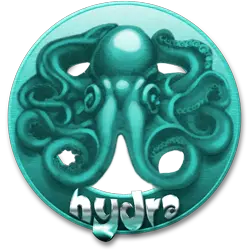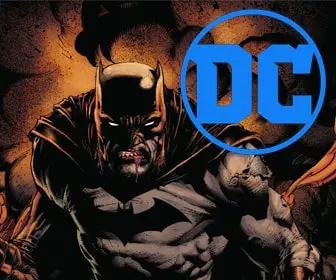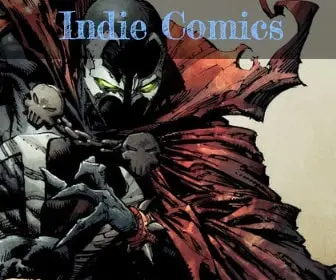
Red, White, & Dynamic: Zeck’s Captain America
In the electrifying 1980s, Captain America wasn’t just a shield-slinging symbol – he was a dynamic force, thanks in part to the artistic vision of Mike Zeck. Taking the reins in 1978, Zeck injected a fresh energy into the character, leaving a lasting impact on comic book history.
A Dynamic Duo: Zeck wasn’t alone in his mission. Partnering with writer J.M. DeMatteis, he crafted a Captain America who navigated the moral complexities of a changing world. Gone were the simple good-versus-evil battles; Cap grappled with political intrigue, espionage, and even internal doubts.
Zeck’s Artistic Punch: Zeck’s art style was the perfect match for this new direction. His dynamic layouts and powerful figures brought the action to life. Captain America’s shield became a force of nature, while villains like Baron Zemo and Sin oozed menace. Zeck’s expressive faces captured not just action, but also the emotional depth of the characters.
Beyond the Cape: Zeck didn’t just draw Cap’s muscles, he drew his heart. He explored the character’s compassion, his struggle to uphold his ideals in a messy world. He even dared to question Cap’s pacifist turn in a story arc that sparked debate among fans.
A Legacy Endures: Zeck’s run on Captain America lasted only a few years, but its impact resonates even today. He redefined the character for a new generation, proving that Cap could be both a symbol of hope and a complex, thought-provoking hero. His art continues to inspire artists and fans alike, reminding us why Captain America holds a special place in the hearts of readers.
Collectors
Choosing only 5 issues from Mike Zeck’s iconic Captain America run is a tough task, as there are many gems to pick from. However, here are 5 essential issues that capture the essence of his work and offer a diverse range to satisfy different tastes:
1. Captain America #224 (1978): This marks the very beginning of Zeck’s run, introducing the artist’s dynamic style and setting the stage for a more grounded, complex Captain America. It features the first appearance of the Serpent Squad, offering a glimpse into the type of morally ambiguous villains Zeck would explore.
2. Captain America #261 (1982): This issue delves into Captain America’s doubts and internal struggles, questioning his pacifist stance in the face of the Red Skull’s return. Zeck’s art masterfully portrays the emotional turmoil within the character, making it a crucial read for understanding his evolution.
3. Captain America #263 (1982): This issue features the introduction of Nomad, a character that reflects Captain America’s internal conflict and his struggle with his own identity. Zeck’s art brings the contrasting personalities of these two heroes to life, making this a visually and thematically compelling read.
4. Captain America #286 (1983): This issue introduces the Luther Manning clone and his quest for Deathlok, bringing a unique blend of past and present storylines. Zeck’s art shines in the action sequences, while the time travel element adds a layer of complexity that showcases Cap’s unwavering heroism.
5. Captain America #289 (1985): This issue features the final confrontation between Captain America and Baron Zemo, marking the climax of Zeck and DeMatteis’ run. Zeck’s art goes all out for the epic battle, highlighting the emotional weight and significance of the encounter.
Bonus pick:
- Captain America Annual #8 (1985): This issue features a team-up between Captain America and Nick Fury, showcasing Zeck’s versatility and his ability to handle different character dynamics.
So, the next time you see Captain America, remember the dynamic duo of Zeck and DeMatteis. They took the Star-Spangled Avenger beyond the pages, reminding us that even heroes face challenges, and sometimes, the greatest battles are fought within ourselves.














